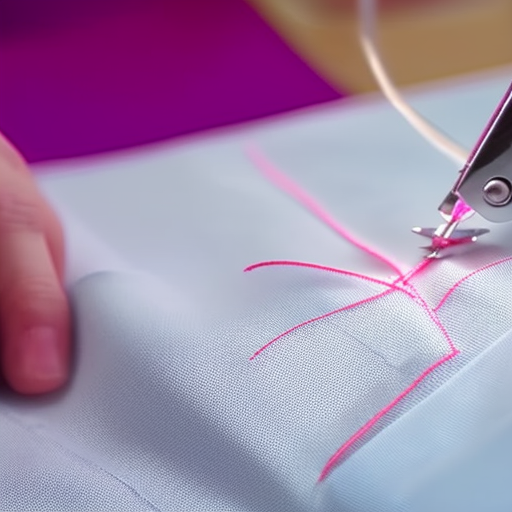
Learning to sew by hand is a valuable skill that can empower you to create and repair garments with ease. Whether you want to hem your clothes, mend a rip, or embark on exciting sewing projects, mastering basic hand sewing techniques is the first step towards becoming a skilled sewing enthusiast.
1. Gathering the materials
Before diving into hand sewing, gather your materials to ensure you have everything you need:
- Needles: Invest in a variety of hand-sewing needles of different sizes to accommodate different fabrics.
- Thread: Choose a strong and suitable thread, matching the color of the fabric.
- Scissors: Use fabric scissors to achieve clean and precise cuts.
- Pins: Have some pins handy to hold fabric together before sewing.
- Fabric: Start with light to medium-weight fabrics like cotton or linen.
2. Threading the needle
Threading a needle is a basic yet essential step in sewing. Follow these simple steps:
- Cut a thread about 18 inches long and trim any frayed ends.
- Hold one end of the thread and flatten it between your thumb and index finger.
- Insert the flattened end into the eye of the needle and pull it through until the ends meet.
3. Basic hand stitches
There are several fundamental hand stitches to learn:
Running Stitch
This is the most basic stitch. Insert the needle in an up and down motion through the fabric, creating an even line of stitches.

Backstitch
The backstitch is stronger than the running stitch and commonly used for seams or repairs. Start by creating a small backward stitch and then insert the needle forward and repeat the process.

Whip Stitch
The whip stitch is ideal for sewing two fabric edges together. Pass the needle through the fabric in an over and under motion, creating a diagonal stitch.

4. Practice makes perfect
As a beginner, don’t be discouraged if your stitches are not perfect at first. Like any craft, practice will help you improve your sewing skills over time. Experiment with different fabrics, stitch lengths, and tensions to gain confidence in your hand sewing abilities.
5. Further resources
There are numerous resources available to help you expand your sewing techniques:
- Online tutorials and YouTube videos offer step-by-step instructions.
- Books and sewing magazines provide detailed explanations and patterns.
- Joining a local sewing group or taking classes can provide valuable guidance and support.
Remember to always enjoy the process of sewing and let your creativity shine through your handcrafted projects!




